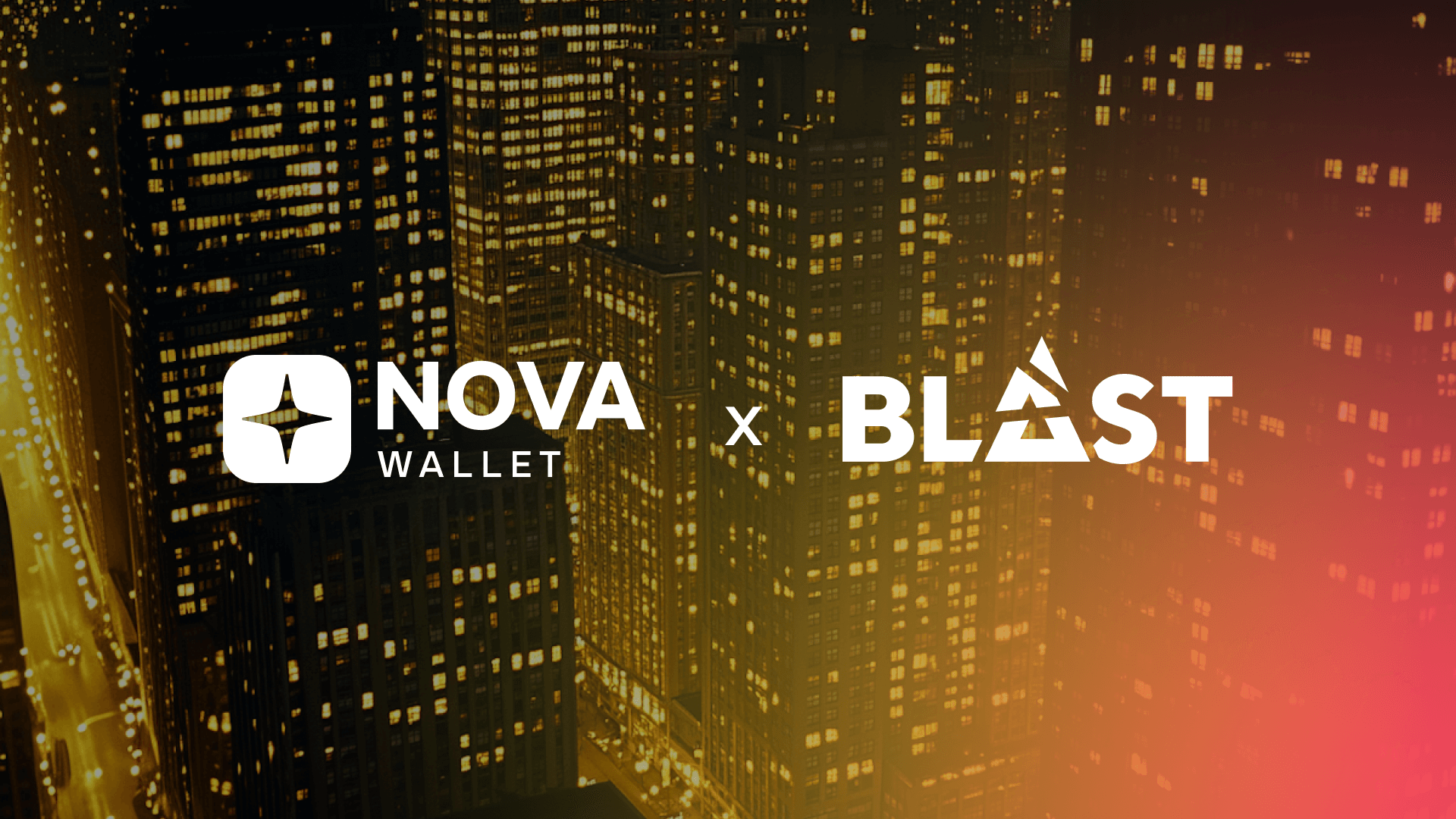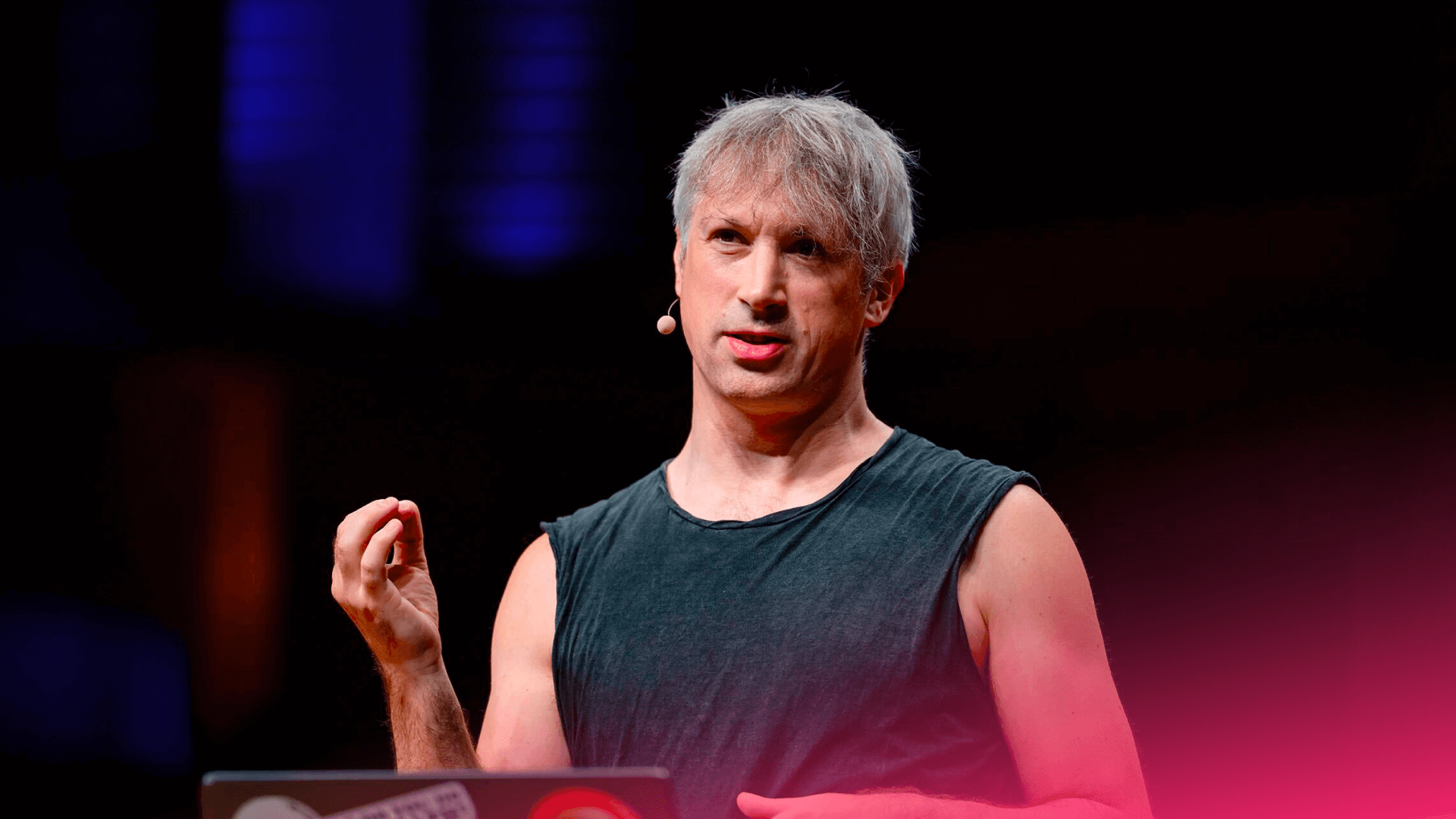What Does Web3 Music Success Actually Look Like?
The Decentralized Mic brought together builders and investors actively shaping the future of Web3 music to discuss what's working, what's broken, and where the industry is headed next.
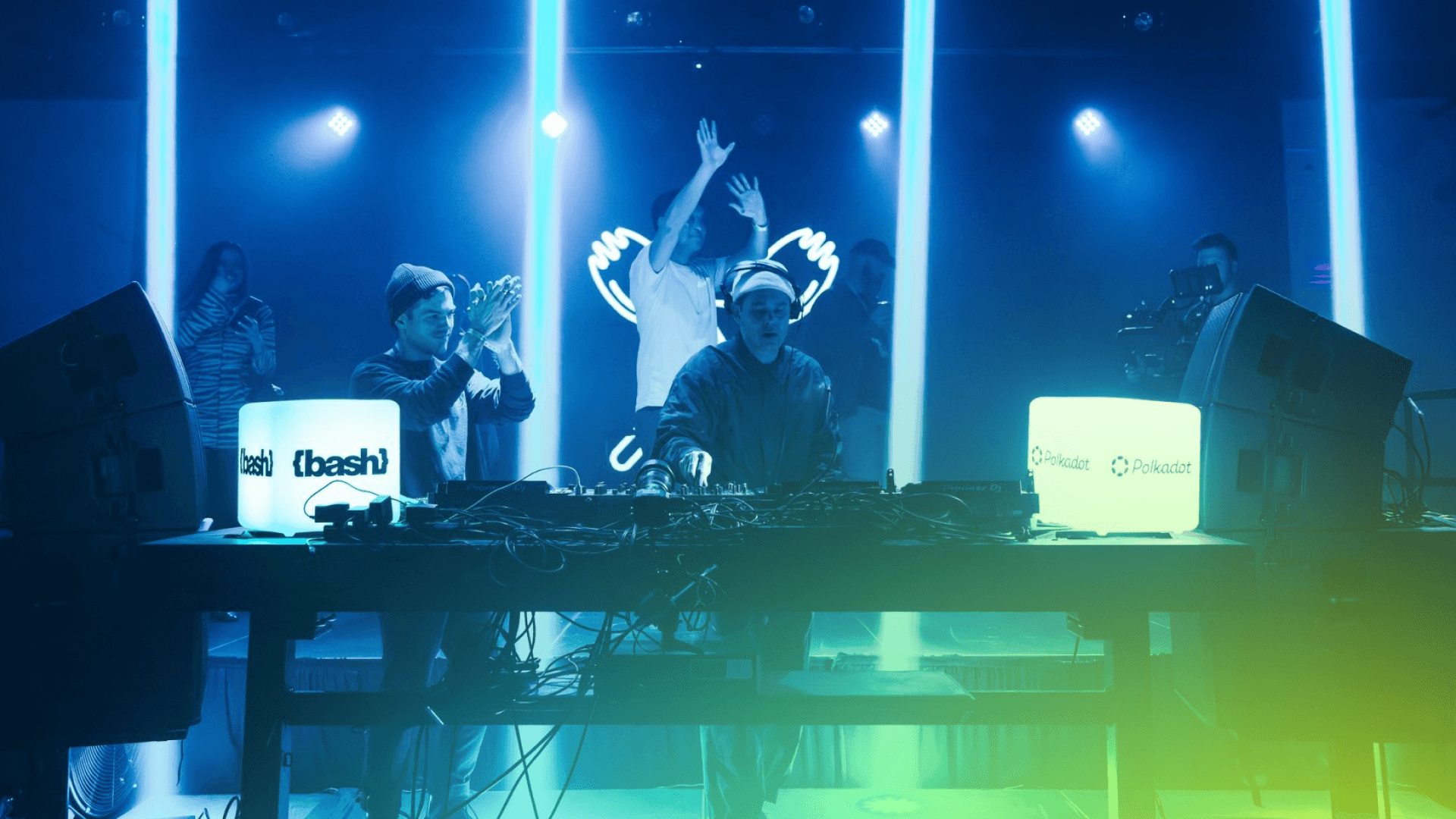
What you can expect
- Why the "crypto bro" stereotype is Web3 music's biggest barrier
- Key lessons from failed first-wave Web3 music experiments
- How today's builders are creating invisible, utility-focused products
- Real challenges venues face connecting with their true fans
- AI's dual impact on music creation and live experiences
- Practical fundraising and product advice from investors and founders
Web3 promised to revolutionize music by giving artists direct fan relationships, transparent royalty splits, and new revenue streams. But after years of hype cycles and failed experiments, the industry is still figuring out what actually works.
In the latest episode of The Decentralized Mic, Polkadot gathered four voices from the trenches of Web3 music development. The panel included Maya (CTO of mufi), Jake Blew from Scytale Digital, Finn Martin (cofounder of Beatport IO), and Stas Chijik (CEO of Billfold). Spencer Zabiela of mufi and the Polkadot Music Events Initiative (PMEI) moderated the discussion.
Together, they shared candid insights about building real products for real users in an industry notorious for being both technologically conservative and easily exploited by new platforms.
Busting the crypto bro myth
The panel unanimously agreed that Web3's biggest perception problem is the "crypto bros trading JPEGs at DJ sets" stereotype. As Finn put it, "When done right, Web3 is invisible. It kills scalpers, rewards loyal fans, and keeps focus on the music."
Maya shared a perfect example of this disconnect: "I had a dinner last week where people were talking about how NFTs are dead while talking about going to a show from Live Nation who is using NFTs for ticketing now."
The consensus was clear: successful Web3 music products should abstract away blockchain complexity entirely. Users shouldn't need to understand wallets, gas fees, or smart contracts to benefit from the technology.
Stas emphasized this point from Billfold's perspective: "For me, that's like the number one thing... leveraging all the Web2 technology to enable the Web3 benefits to the users... It is about having utility."
What went wrong in Web3 music 1.0
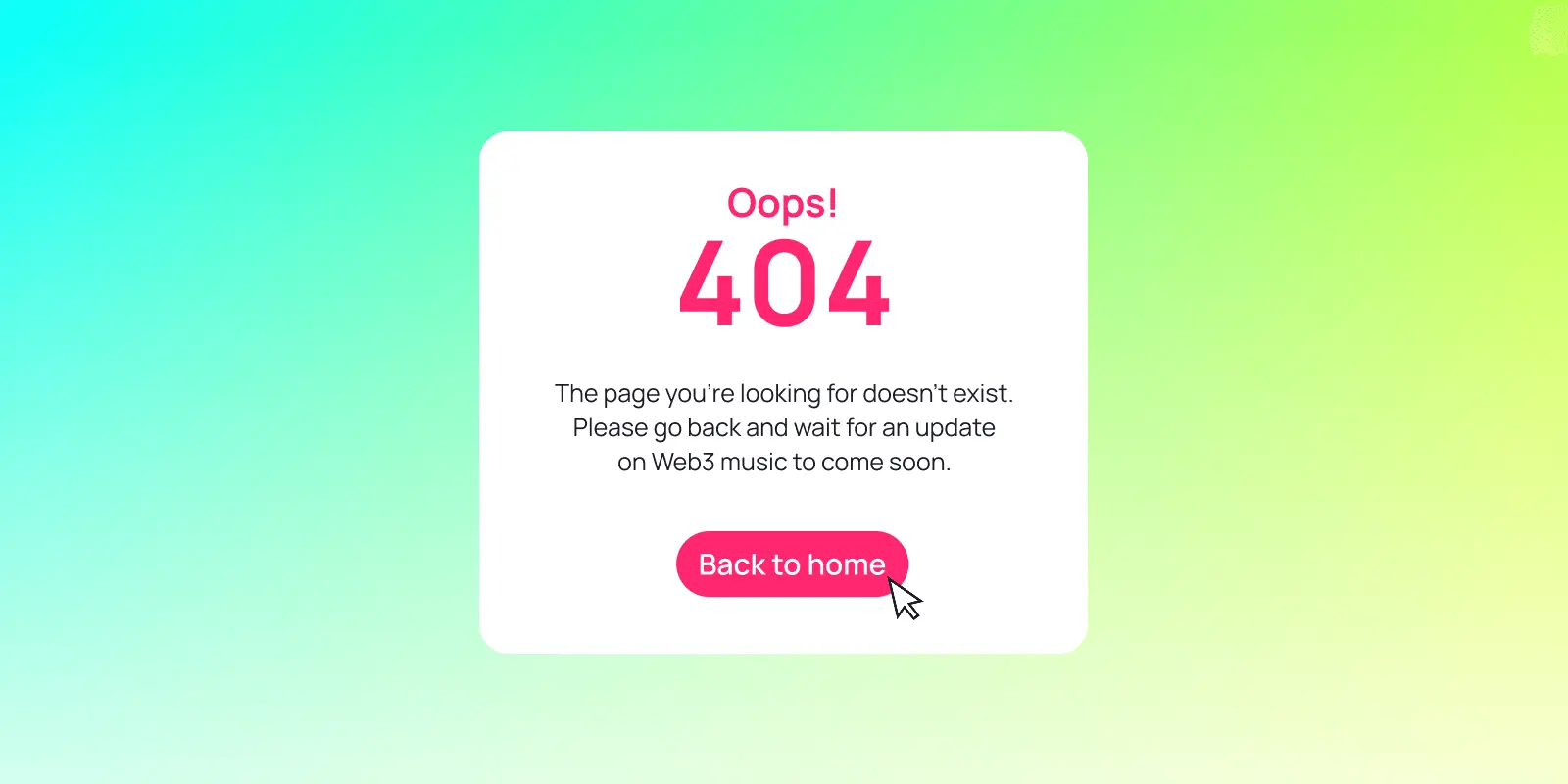
The first wave of Web3 music suffered from fundamental misalignment between the technology being built and actual industry needs.
Jake observed that traditional music industry figures were often "extremely scared to adopt new things" due to being "taken for a complete ride" by previous technological promises. The education gap around blockchain made things worse.
Finn traced the problem back to the 2020-21 hype cycle: "The first big artists, especially in the electronic music industry like 3LAU... had multimillion dollar drops... There were all these multimillion-dollar drops like from Grimes... speculative flips and complex royalty models. That attracted the wrong people... many projects lacked the catalog and the real audience to sustain."
Maya identified the core issue as utility imbalance:"There was no ongoing utility and the few projects that did have utility... it was utility that didn't make sense." She cited examples of projects promising pro player training sessions for expensive NFTs when those players' time was worth far more.
The result was a cycle where Web3 music became siloed from real-world music experiences, existing mainly in "chat rooms on Clubhouse" rather than integrating with how people actually discover, consume, and enjoy music.
Building the next wave
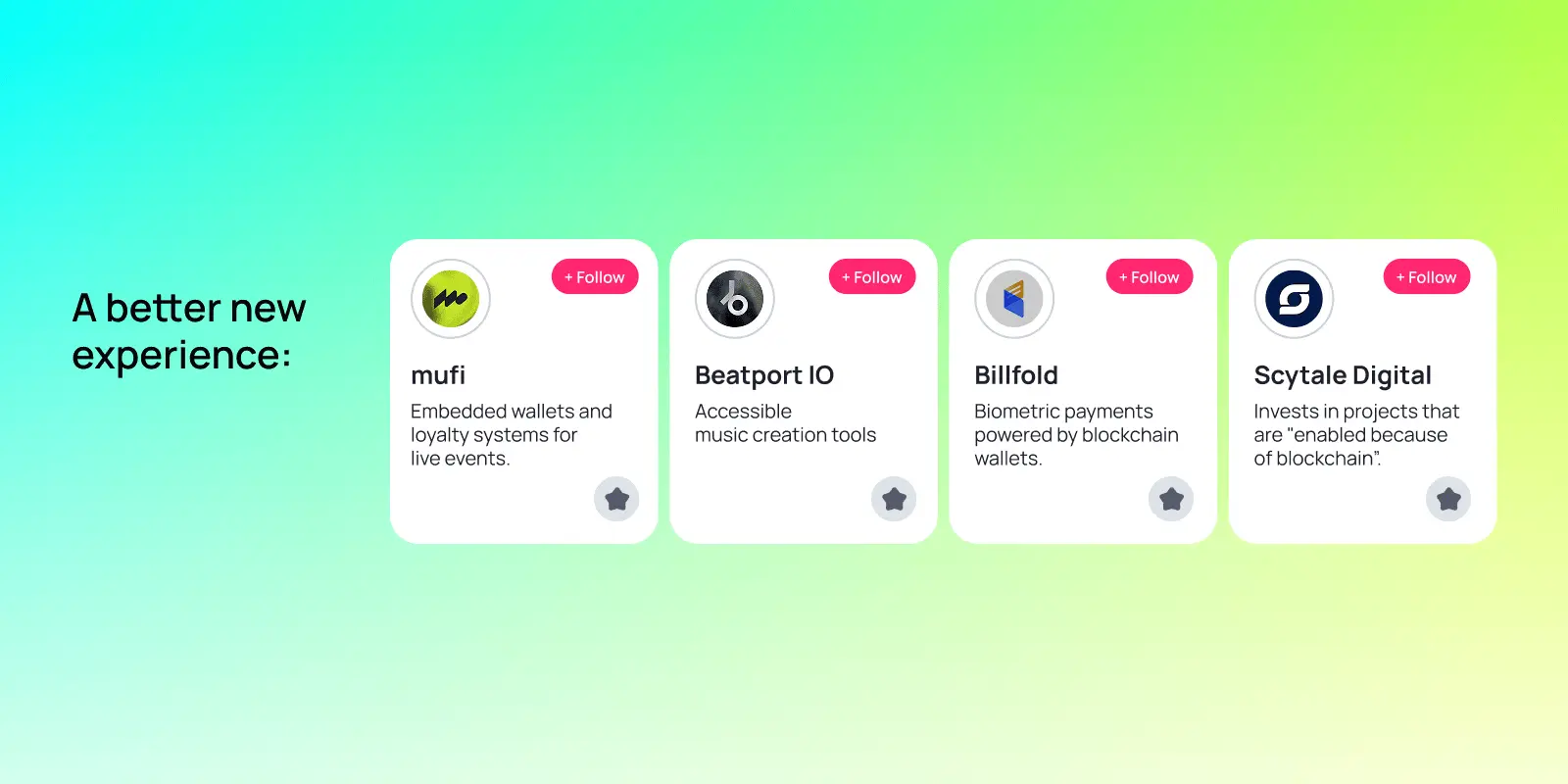
Today's builders are taking a fundamentally different approach, focusing on solving real problems with blockchain as an invisible enabling layer.
mufi is building embedded wallets and loyalty systems for live events. Maya explained their philosophy: "The team throws live events and uses them to experiment with what creates feasible, meaningful interactions. People get loyalty passes that let them skip lines or get free drinks, but they have no idea it's an NFT in the background."
Beatport IO is creating accessible music creation tools. Finn described their browser-based remix tool: "You take a song you love and create a remix in the browser. That gets tracked onchain with a one-click sign-on. It's super easy and doesn't require downloading an app."
Billfold started as an RFID payment company for events and evolved into biometric payments powered by blockchain wallets. Stas sees the opportunity in cross-platform connections: "Blockchain creates interconnectedness. Your loyalty points could work across different platforms without needing tons of integrations."
Scytale Digital invests in projects that are "enabled because of blockchain" rather than just integrating it. Jake emphasized looking for products that couldn't exist without the technology, similar to how Uber couldn't exist before mobile.
The venue and fan connection problem
One key insight emerged around live events: venues and festivals struggle to understand their audiences beyond basic ticket sales data.
Stas explained the challenge: "When you have 10 headliners and sell 30,000 tickets, you don't understand who are the true fans of each artist. You don't know if they buy merchandise or listen to them daily. All you know is they bought a ticket."
This creates missed opportunities for fan engagement. The biggest supporters can't be identified or rewarded appropriately. Web3 enables new solutions by creating portable fan profiles that work across platforms and venues.
The panel also highlighted borderless payments as a major use case, particularly for international events and vendor payouts where traditional banking creates friction and delays.
AI's double-edged impact
The discussion inevitably turned to AI's role in music's future. Finn acknowledged the challenge: "You can prompt something and get a full track in seconds. The community faces an endless stream of content that's going to flood in."
With 100,000 tracks uploaded to Spotify daily and 25,000 exclusive tracks on Beatport daily, AI will exponentially increase this volume. But the panel saw opportunities alongside the challenges.
Finn believes Web3 can help manage AI-generated content: "You could do royalty splits as deep as a sample basis. This features this sample, so you get this split."
The consensus was that while AI will democratize music creation, human connection and live experiences will become more valuable. Stas noted that post-COVID, there was "a huge boom of people wanting to be at shows, wanting to see their favorite artists in person."
As Finn put it: "Attention will become the highest currency. Despite all the AI content flood, the community values real connection that happens at a live set."
Advice for builders
The panel closed with practical guidance for founders in the space.
Jake emphasized thinking beyond music's traditionally small investment niche: "Look at how music can be integrated into other verticals. Try to build products that are enabled because of new technology, not just integrating it."
He stressed the importance of defensibility: "Really think about whether a bigger player can build your product quicker than you can. Build your own moats."
Maya encouraged B2B builders to reach out to mufi for embedded wallet and loyalty solutions, emphasizing their chain-agnostic approach with Polkadot as their home base due to its technical reliability.
Finn highlighted the experimentation mindset: "Teams are building tools that everyone can engage with to onboard the next wave of people into Web3. It's about building products that give clear value and are fun to use."
Stas reminded builders that human connection remains central: "As long as teams can abstract complexity to drive more value in human connection, that's what people will find most useful."
The path forward
Web3 music is still in its early stages, but the current wave of builders seems better positioned than their predecessors. They're focusing on real utility, invisible user experiences, and integration with existing music industry workflows.
The key shift is philosophical: instead of trying to replace the music industry, successful projects are enhancing specific pain points while keeping the blockchain layer hidden from end users.
As Maya summarized, "The space is very experimental right now. Out of all this trying, within a year or two, there'll be clear front-runners for new products disrupting existing industries."
The revolution may still be loading, but the foundations are finally being built on solid ground.

